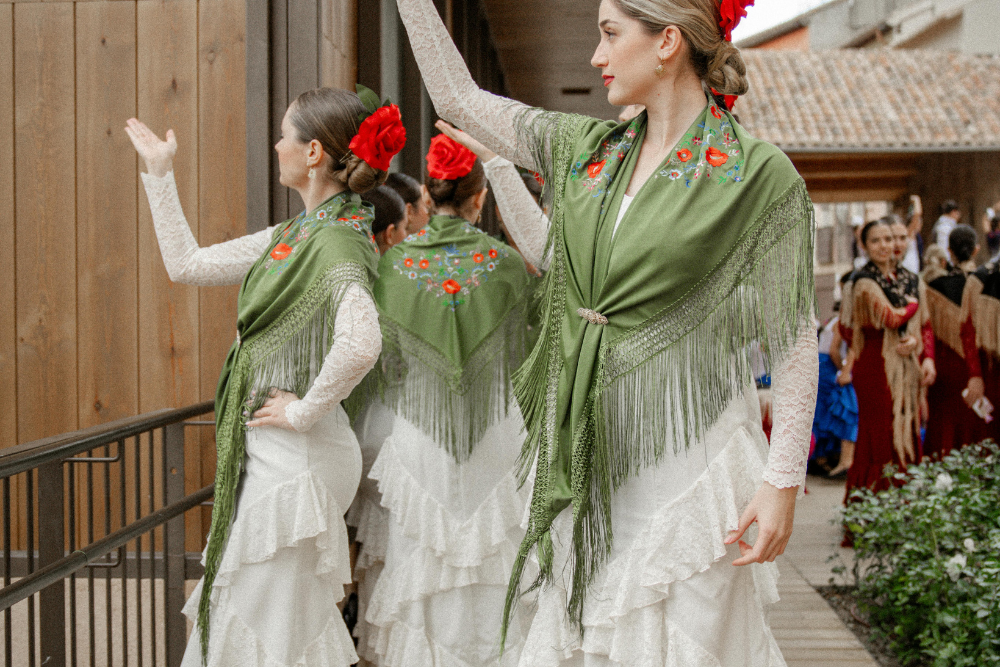Flamenco, an iconic and deeply emotional dance form, is one of Spain’s greatest cultural treasures. Originating from the Andalusian region, flamenco has evolved over centuries, blending influences from the Gypsies, Moors, Jews, and other cultures. Its unique combination of singing, guitar playing, handclaps, and intricate footwork makes it one of the most captivating dance forms in the world. For those interested in learning this passionate dance, Spain offers a number of exceptional places where you can immerse yourself in its rhythm, culture, and history. Here’s a guide to the best places to learn flamenco dancing in Spain.
1. Seville: The Heart of Flamenco
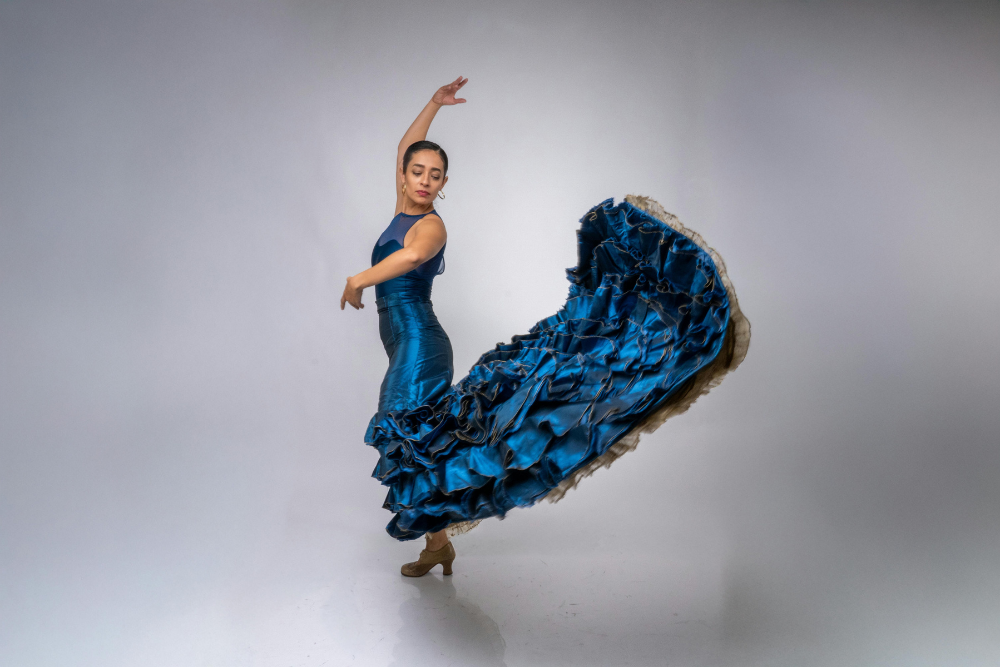
Seville, the birthplace of flamenco, is undoubtedly one of the best places in the world to learn this art form. The city is alive with flamenco history, and you can feel its pulse in every corner. Seville is home to a wide variety of flamenco academies, ranging from traditional schools to contemporary flamenco dance companies.
One of the most famous places to learn flamenco in Seville is the Fundación Cristina Heeren. Established in 1993, this institution offers a world-class education in flamenco, with specialized courses in dance, guitar, and singing. The foundation attracts students from all over the globe, and its teachers are renowned for their deep knowledge of flamenco traditions.
Another top choice is the Centro de Arte y Flamenco La Carbonería, a traditional flamenco school located in an old industrial building. In addition to dance lessons, it offers live flamenco performances, making it a fantastic place to experience the art form in its natural setting.
2. Jerez de la Frontera: The Soul of Flamenco
Known as the soul of flamenco, Jerez de la Frontera, also located in Andalusia, is famous for its cante jondo (deep song) and its unique approach to flamenco dance. Jerez is the birthplace of some of the greatest flamenco artists, and it offers a rich, authentic atmosphere for anyone wanting to learn the art.
One of the best places to learn flamenco in Jerez is the Escuela de Flamenco de Juan Carlos Lérida. Juan Carlos Lérida, a well-known flamenco dancer, runs this academy, offering personalized lessons for all levels. The school is highly regarded for its emphasis on traditional flamenco techniques, and its instructors are experienced professionals who bring passion and authenticity to their teachings.
For a more immersive experience, La Peña Flamenca in Jerez provides a unique cultural setting. Here, you can take dance classes while being surrounded by the sounds of live flamenco performances. The peña also organizes festivals and events where you can watch seasoned flamenco artists and gain inspiration for your dance.
3. Madrid: Flamenco Meets Modernity
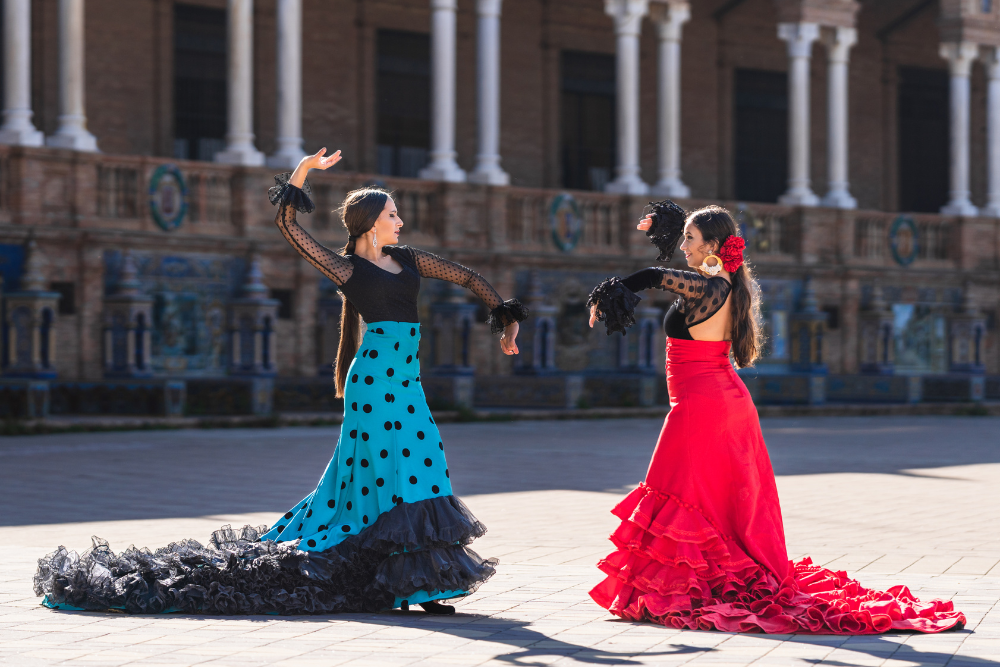
While Seville and Jerez are flamenco powerhouses, Madrid is the vibrant capital that blends traditional flamenco with contemporary influences. The city is home to numerous flamenco academies, offering a mix of classical and innovative approaches to the dance.
One standout is the Amor de Dios Flamenco School. Located in the heart of Madrid, this school is renowned for its high-quality training in flamenco dance, singing, and guitar. With a reputation that spans decades, Amor de Dios attracts both beginners and advanced dancers from all over the world. The school is also home to Tablao Flamenco, where students can observe live performances by flamenco masters.
Another great option in Madrid is El Duende Flamenco School, which is perfect for those looking to study flamenco in a more intimate setting. Offering a range of courses, from beginner to advanced levels, El Duende focuses on both the technical and emotional aspects of flamenco, allowing students to connect with the heart of the dance.
4. Granada: Flamenco in the Alhambra’s Shadow
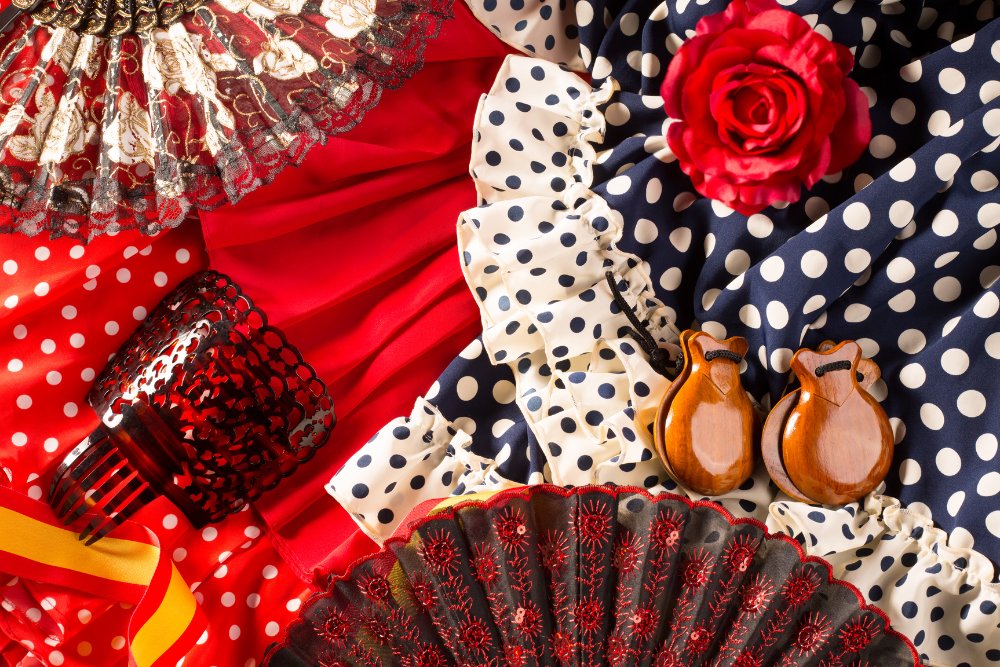
Nestled in the shadow of the Alhambra, Granada offers a magical setting for learning flamenco. This historic city, with its Moorish influence and stunning architecture, provides a unique atmosphere that perfectly complements the passionate art form of flamenco.
La Chana Flamenco School is a hidden gem in Granada, offering specialized courses in flamenco dance and guitar. The school is named after the famous flamenco dancer La Chana, who grew up in Granada and became one of the most influential figures in flamenco history. The school’s intimate setting and strong ties to Granada’s flamenco tradition make it an ideal place for anyone looking to immerse themselves in the dance.
Granada’s Cueva de la Rocío also offers flamenco lessons in a cave setting, adding an authentic touch to your learning experience. Here, you can practice flamenco while being surrounded by the stunning acoustics of the cave and the lively energy of the local flamenco community.
5. Barcelona: Where Flamenco Meets Catalan Culture
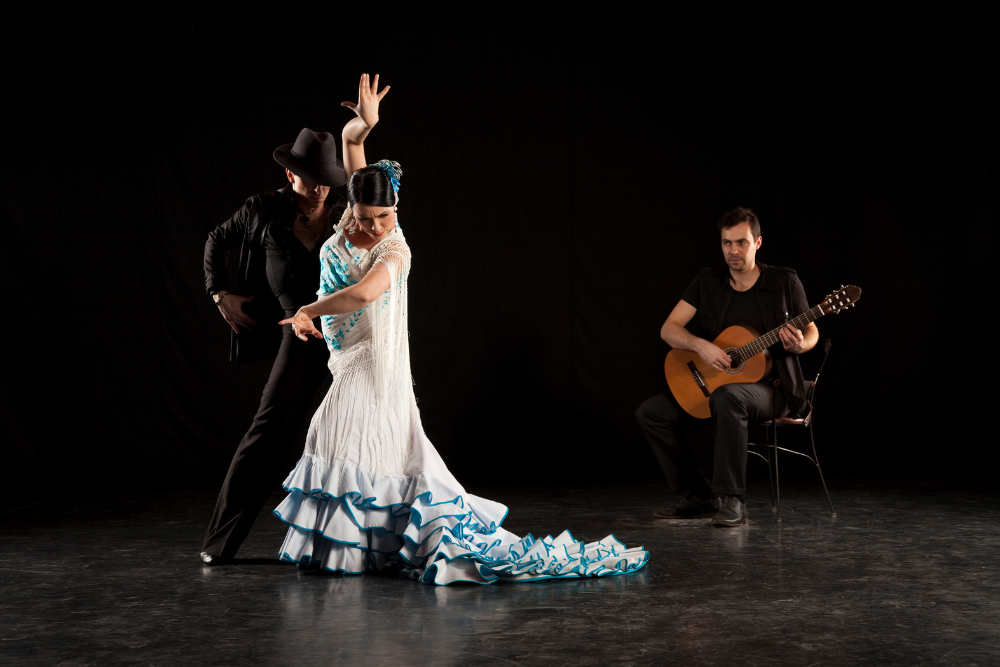
While Barcelona may be more widely associated with its Catalan culture, the city is also home to a thriving flamenco scene. Its vibrant arts community and international atmosphere make it a great place to learn flamenco, with several renowned schools offering a range of courses.
One of the best flamenco academies in Barcelona is the Escola de Flamenco de Barcelona, which offers dance classes for all levels. The school is dedicated to teaching both traditional and modern flamenco, ensuring that students have a well-rounded understanding of the dance form. The school’s instructors are seasoned flamenco artists who bring their expertise to the classroom, offering insight into both the technical and emotional sides of flamenco.
For those looking to combine flamenco with a wider cultural experience, Tablao Cordobes is a renowned venue in Barcelona that not only offers flamenco performances but also hosts workshops and classes. It’s an excellent place to experience flamenco while learning from professionals in an intimate and lively setting.
Conclusion: Embrace the Spirit of Flamenco
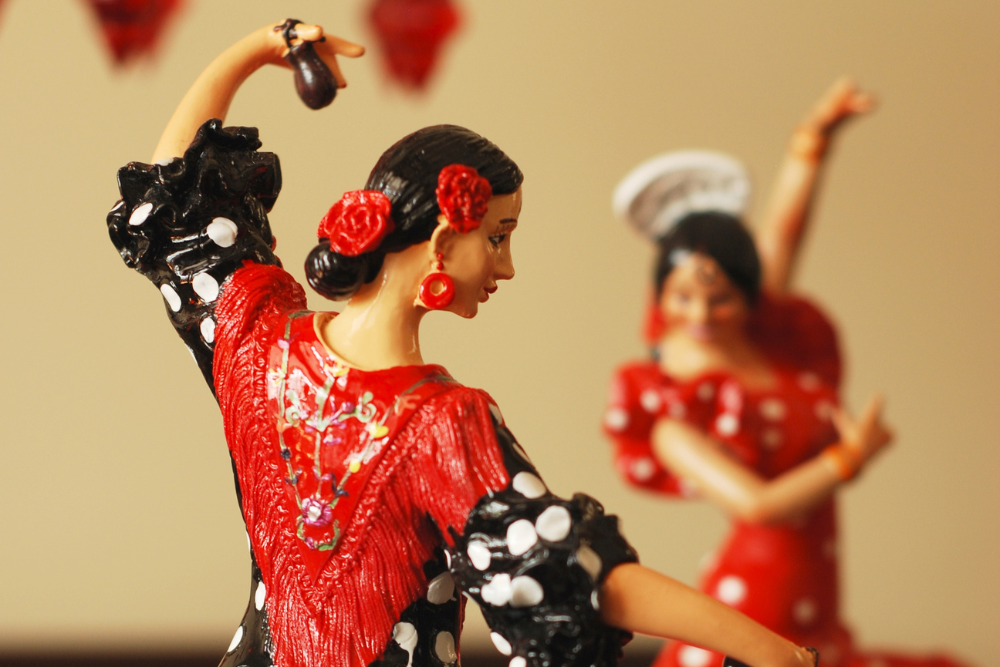
Learning flamenco in Spain is more than just taking dance lessons—it’s about connecting with the country’s culture, history, and soul. Whether you choose to study in the heart of Seville, the soulful streets of Jerez, or the lively atmosphere of Madrid, each city offers its own unique perspective on this timeless art form. Flamenco is not just a dance; it’s a way to express emotions, tell stories, and immerse yourself in Spain’s rich cultural heritage. Wherever you choose to learn, you’ll find that the rhythm of flamenco will stay with you long after the music has stopped.



